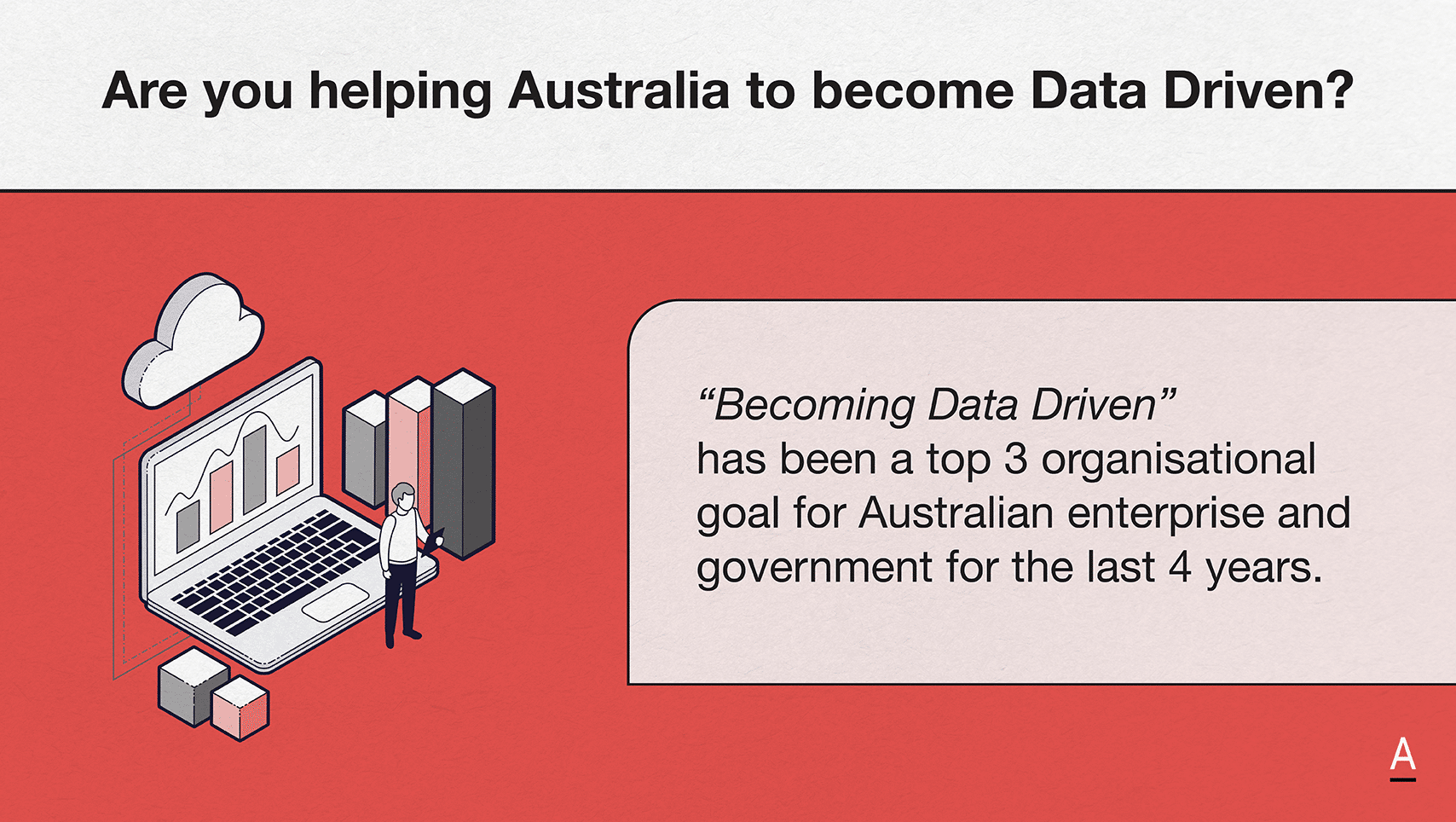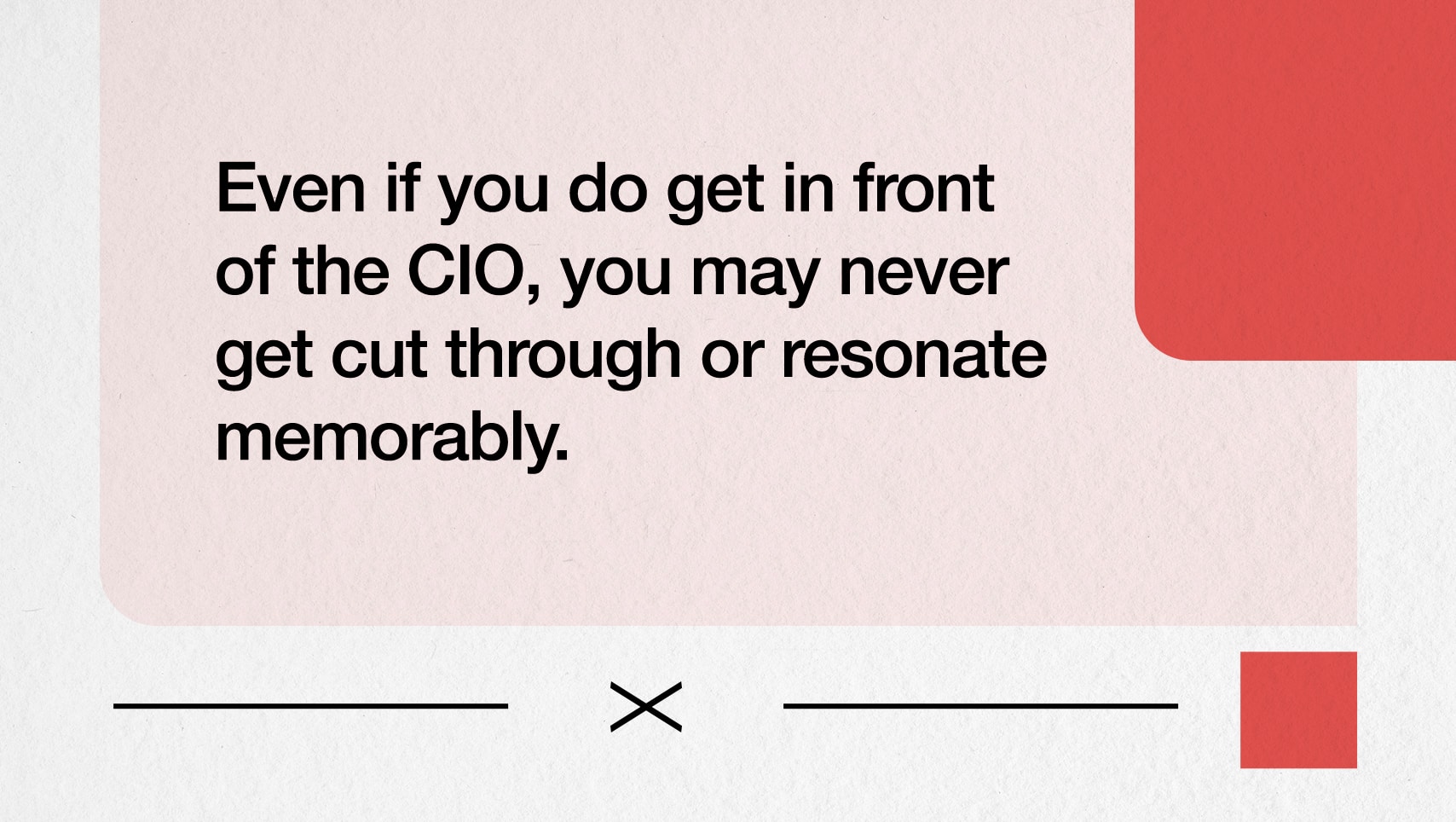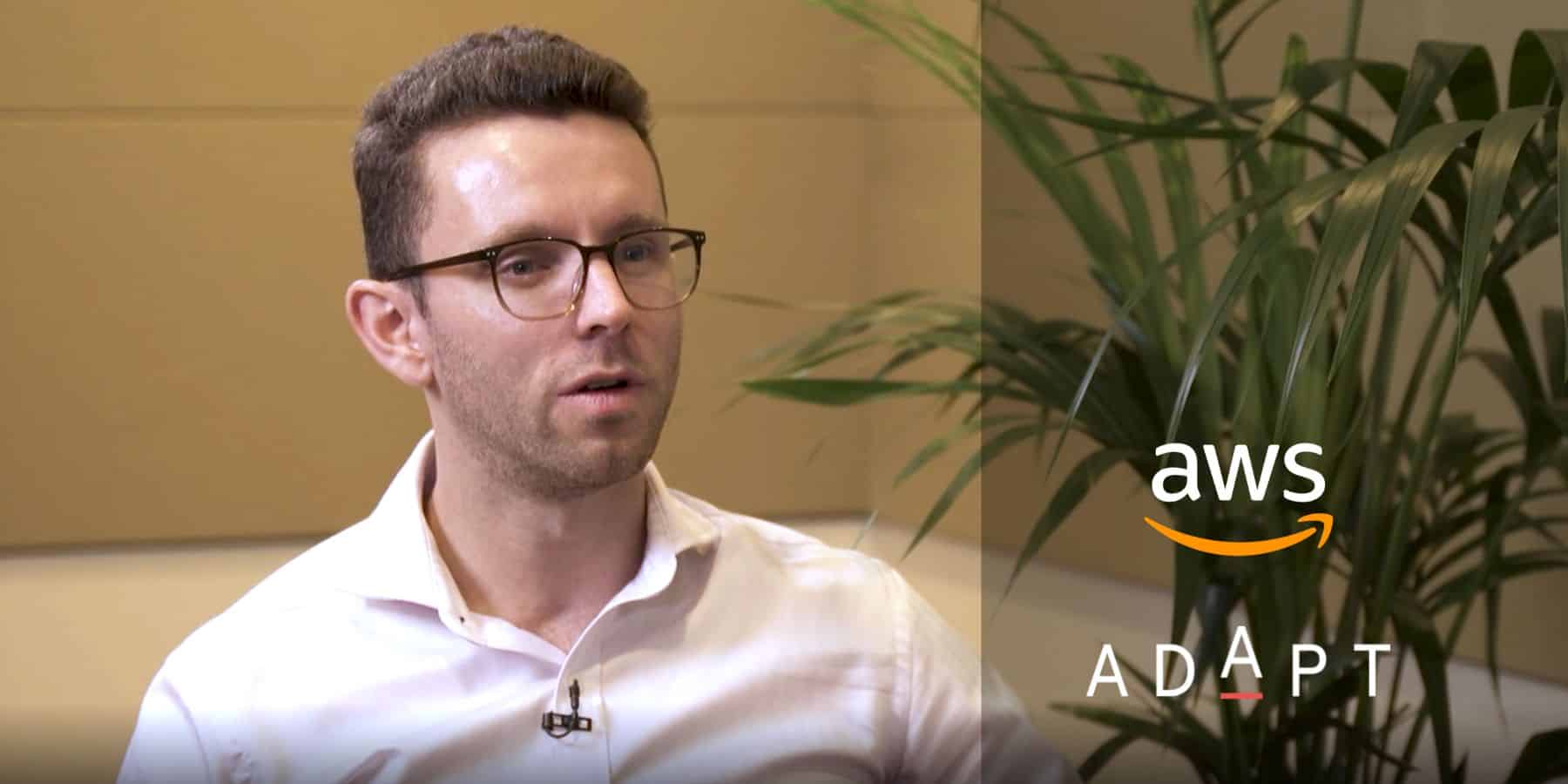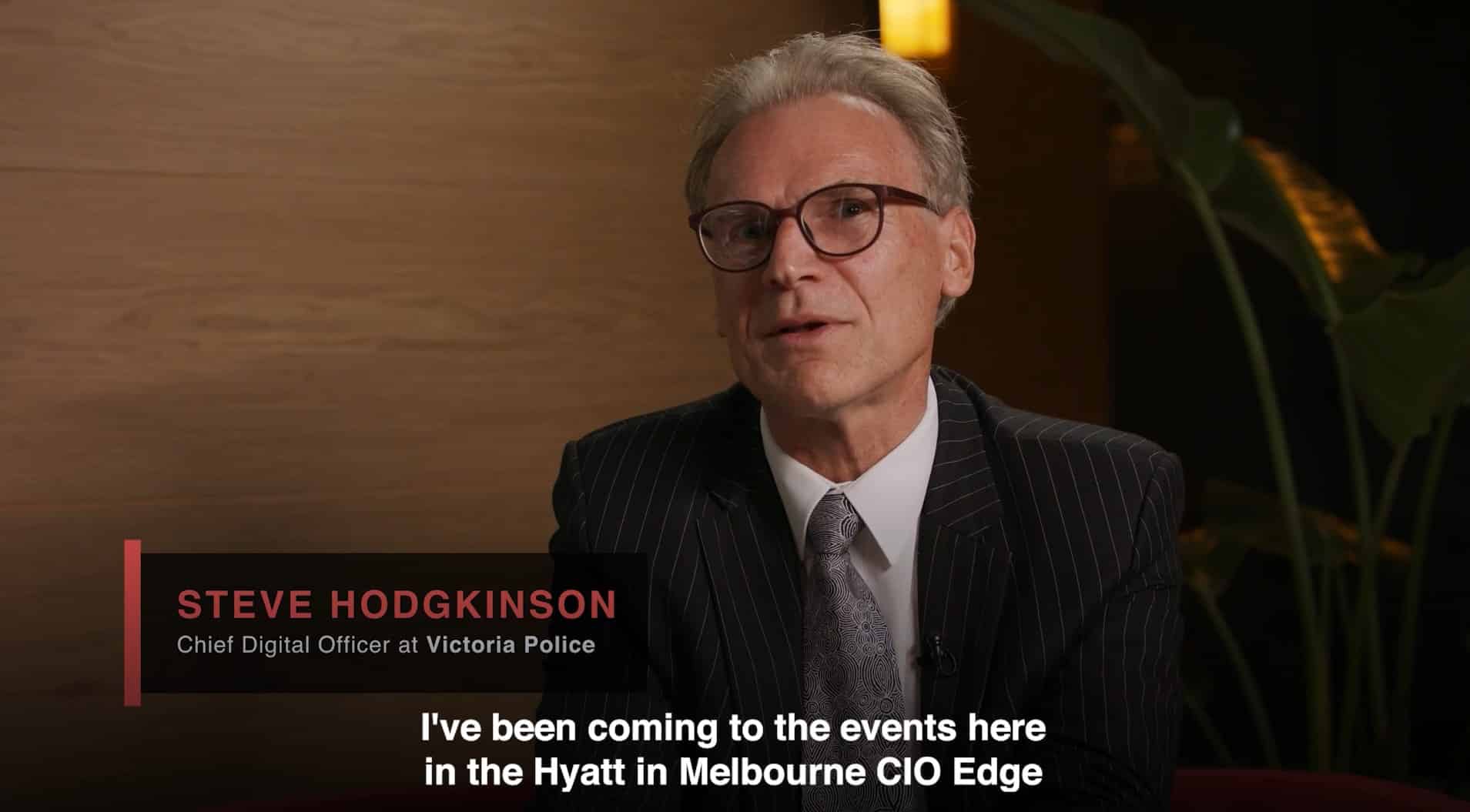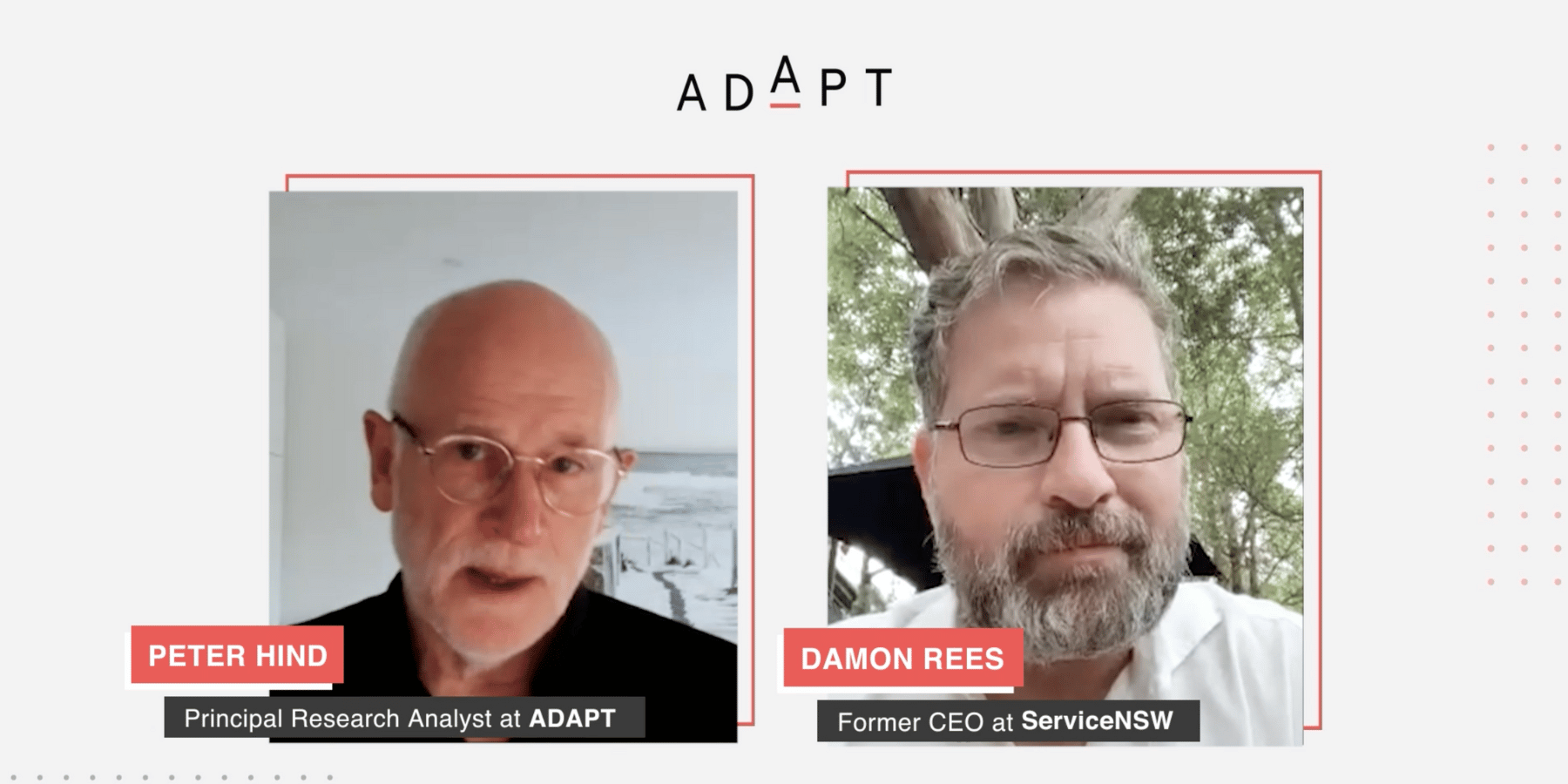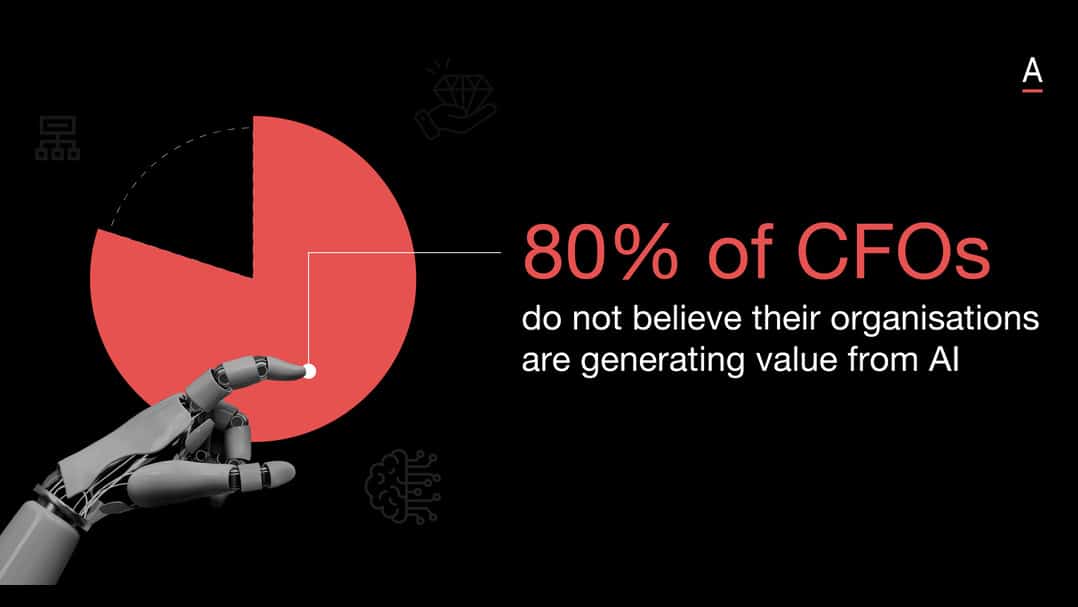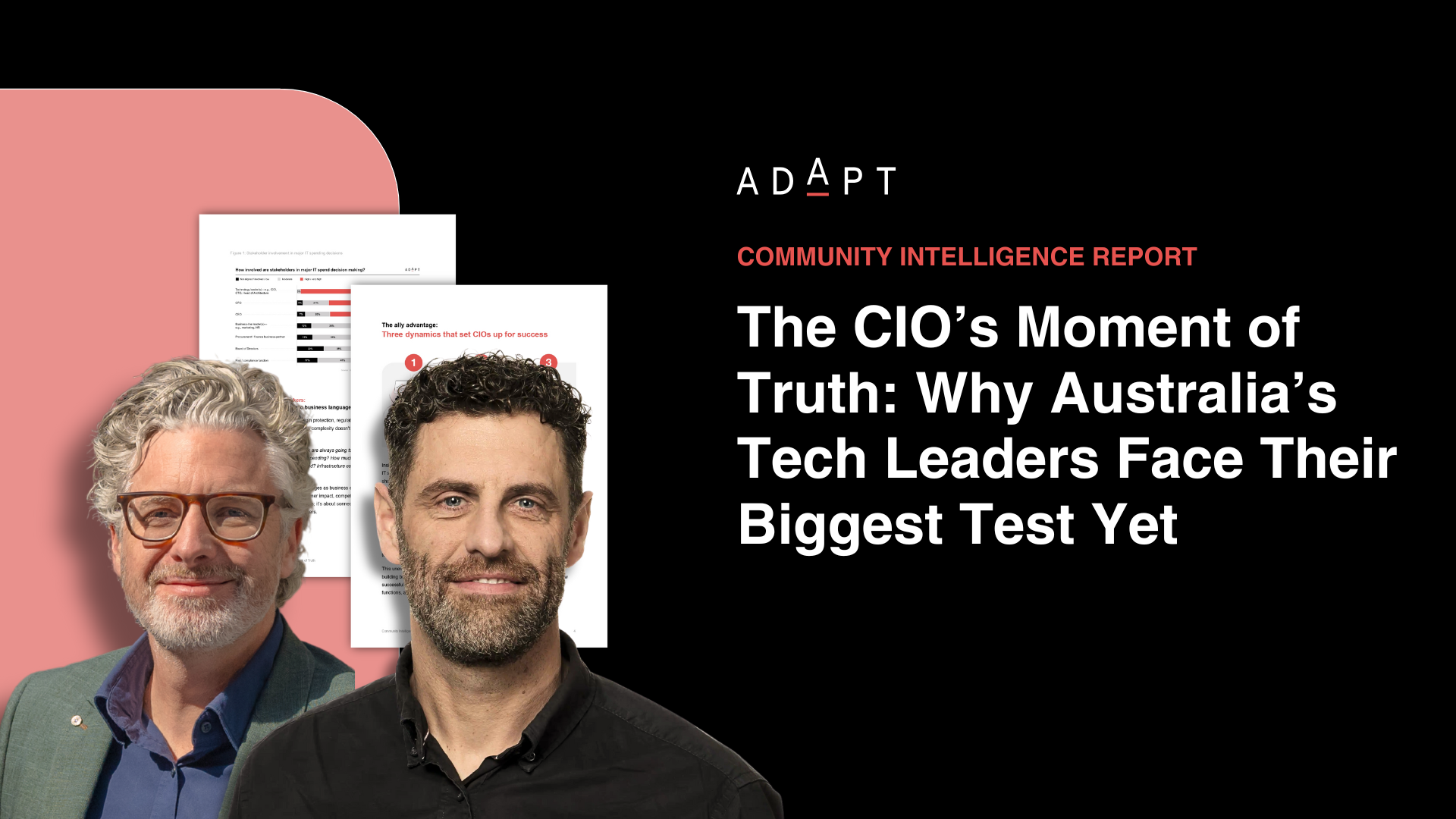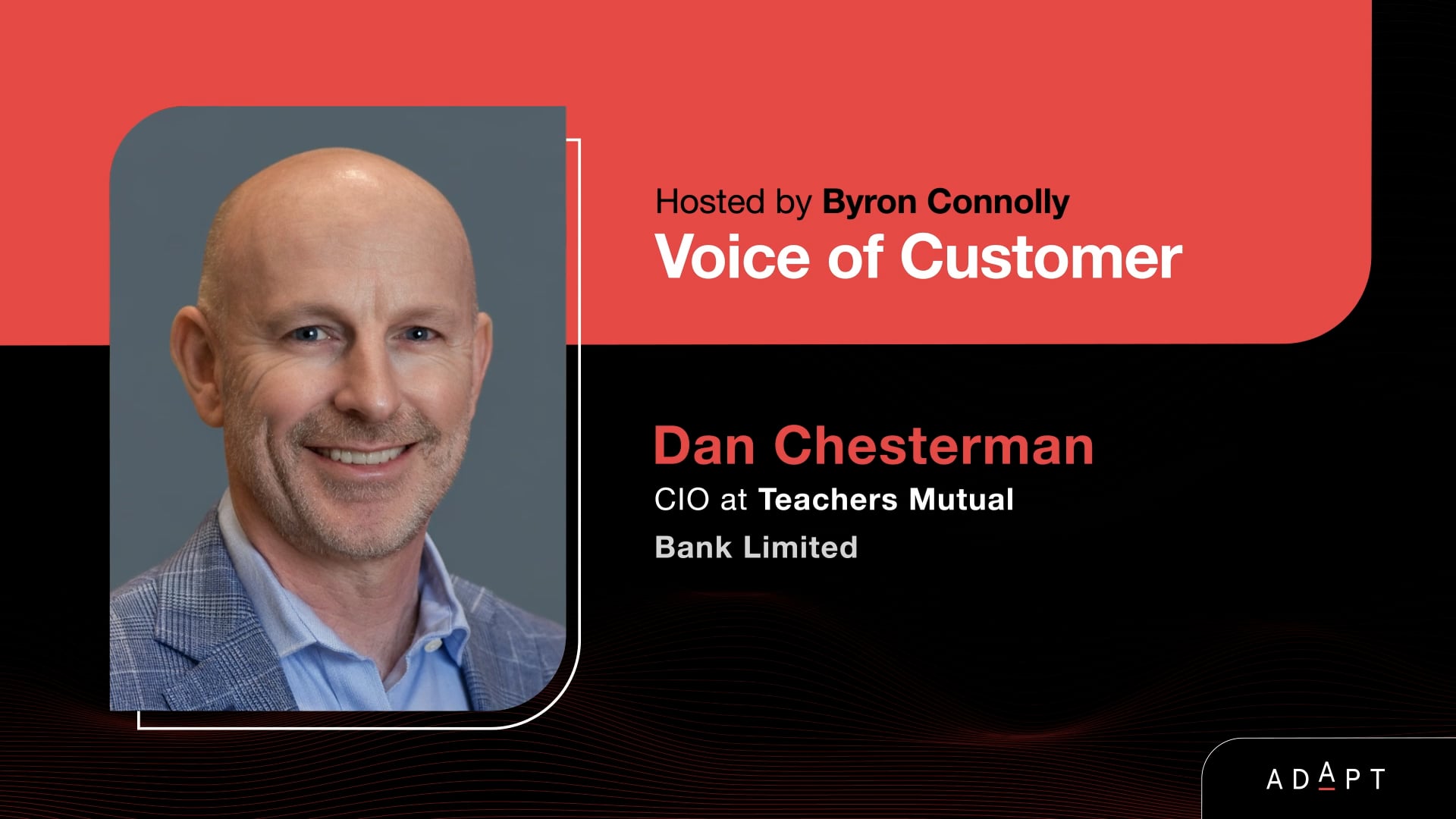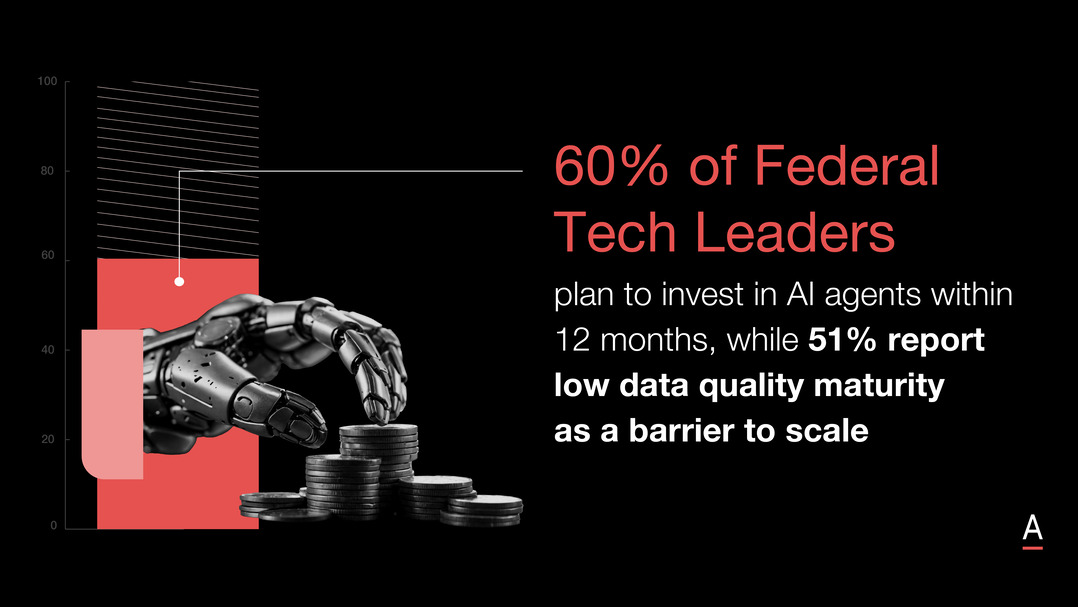ADAPT’s latest CIO research reveals clear intent from Australian and New Zealand technology leaders in 2025.
There is strong momentum to modernise platforms, improve operational efficiency, and build trusted digital environments.
But progress is being held back by internal constraints, legacy systems, and a growing disconnect between CIOs and CFOs on the value of technology investments.
This year will be defined less by ambition and more by the ability to execute.
Modernisation remains the top goal but legacy blockers persist
Technology modernisation and simplification are the top organisational goals for CIOs, alongside cost optimisation and AI strategy development.
According to Matt Boon, ADAPT’s Senior Research Director, CIOs are under pressure to modernise while also delivering operational efficiency, particularly in cost-sensitive markets like New Zealand.
He notes that simplification and effectiveness now go hand in hand.
This often involves replatforming core systems, digitising processes, and unifying fragmented infrastructure.
Yet legacy platforms remain a critical execution barrier.
Matt highlighted that internal politics and misaligned priorities continue to stall cross-functional progress, reinforcing structural challenges that have persisted for years.
As priorities multiply, the need for organisation-wide coordination has become more urgent.
The disconnect with finance is slowing progress
Half of CIOs are increasing their AI budgets this year, with organisations allocating an average of 4 percent of total IT spend to AI.
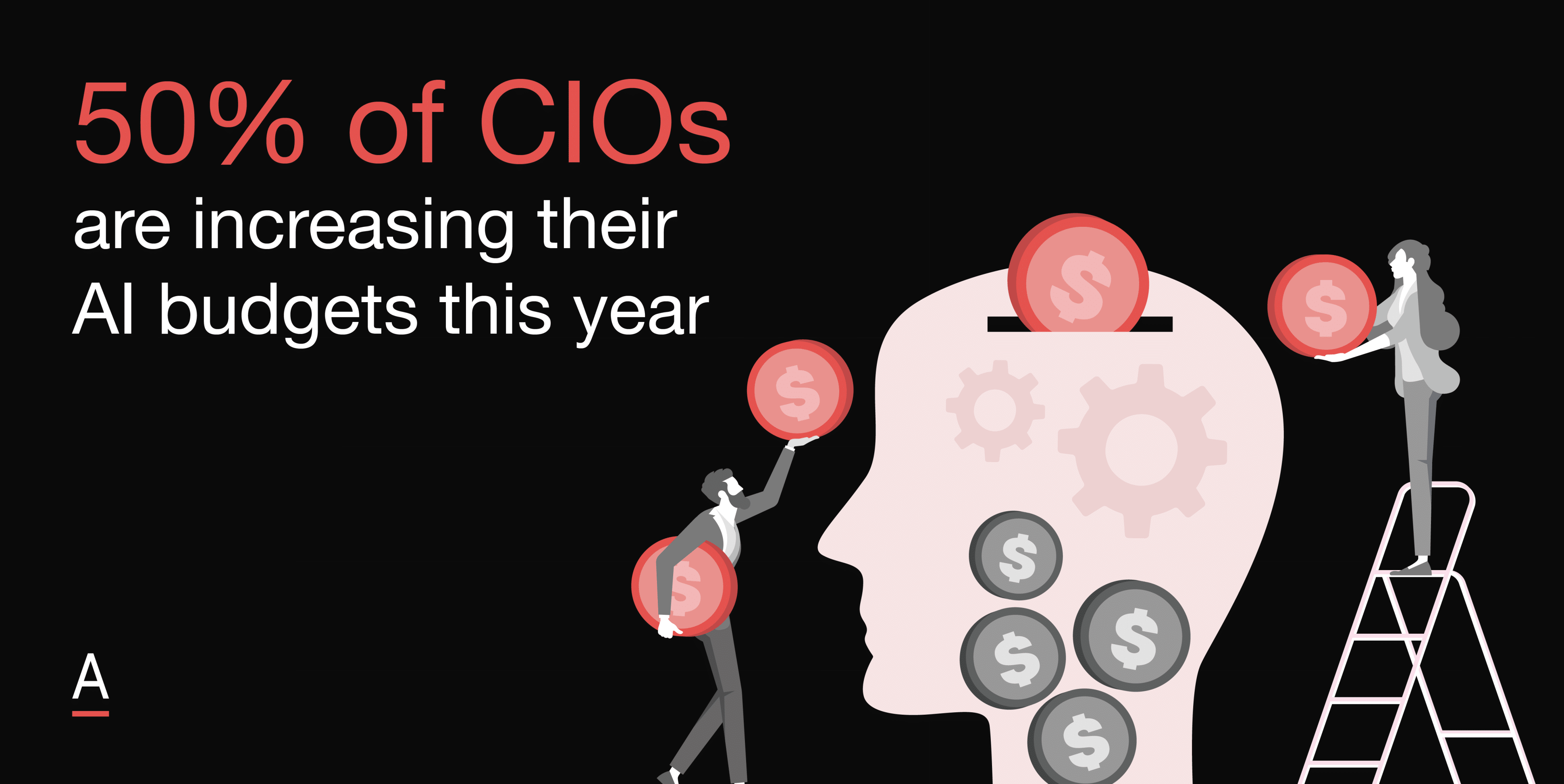
However, this surge in investment is not matched by confidence from the finance function.
Matt shared that nearly 80 percent of CFOs believe their organisation is only slightly or not at all effective at generating value from AI.
Many also estimate that 40 percent of deployed technology is unused or delivering little return.
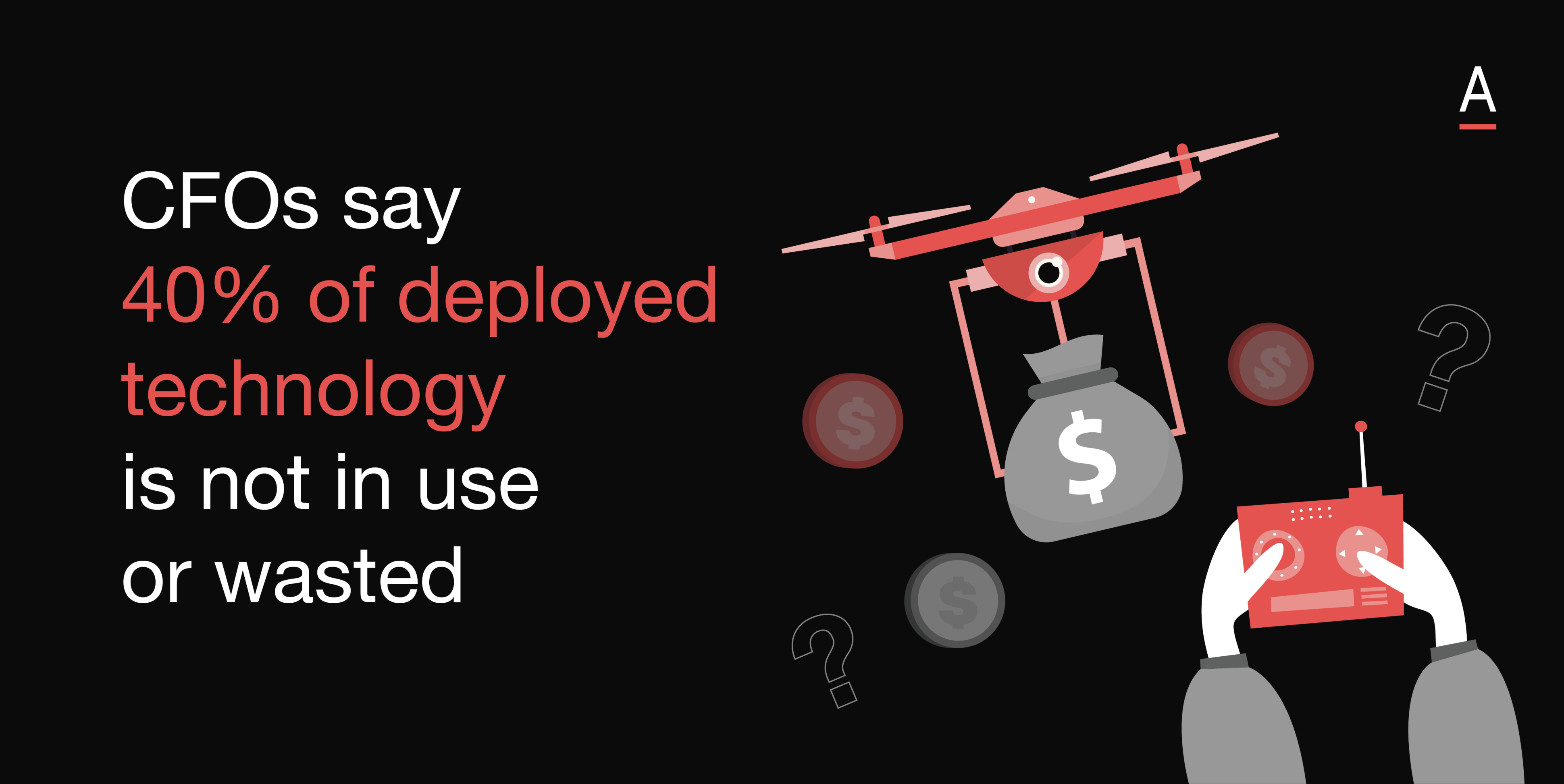
With CFOs now influencing around 70 percent of technology investment decisions, this scepticism carries real weight.
The perception of waste is shaping how budgets are scrutinised and approved.
CIOs must respond by clearly linking technology initiatives, especially AI, to measurable business outcomes.
Demonstrating early and ongoing value is no longer optional, but essential to secure and sustain executive support.
Execution challenges are rising across the board
Alongside financial scepticism, CIOs face structural barriers.
A lack of funding and resources remains the top challenge, compounded by competing priorities, limited staffing, and outdated systems.
Matt noted that while these issues are familiar, they are intensifying under pressure to move faster and deliver more.
He also warned that unless modernisation is treated as a shared priority across the business, organisations risk missing transformation goals.
Siloed approaches are no longer sustainable.
ADAPT’s data shows that a lack of shared ownership continues to block enterprise-wide impact.
Capability uplift is stagnating
Despite growing demand for digital fluency, capability building is slowing.
Upskilling and training budgets are flattening or falling, and one in five CIOs are cutting IT services and outsourcing spend by up to 20 percent.
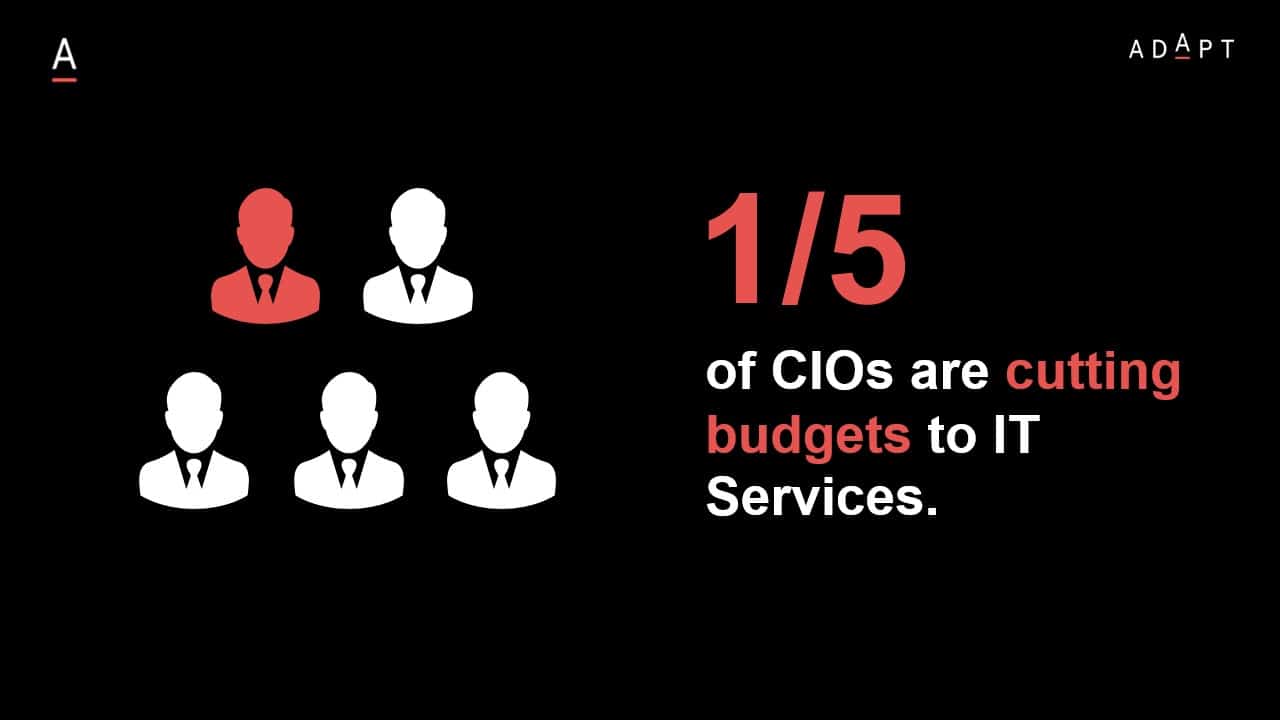
Matt observed that while leadership development is gaining attention, it is not enough to counter the broader stagnation in workforce capability.
This shrinking support base is emerging just as skills in AI, data governance, and cyber resilience are becoming critical.
With demand outpacing internal growth, many teams are being stretched beyond capacity.
The path forward requires enterprise alignment
CIOs are ready to modernise, automate, and rewire the enterprise for speed and resilience.
But execution depends on more than technical strategy.
It requires tighter alignment across executive teams, renewed investment in people, and an end to siloed delivery models.
As Matt concluded, CIOs must lead a broader internal shift where modernisation is treated as an enterprise-wide responsibility, not just an IT agenda.




